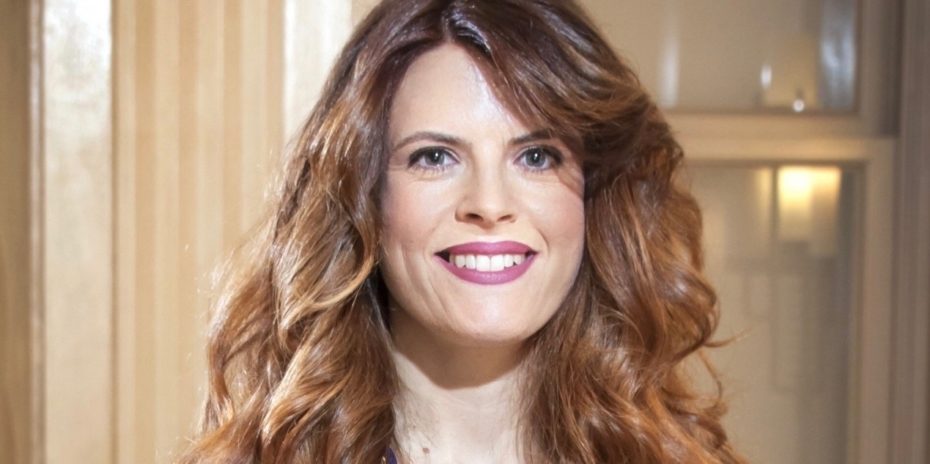
Dr. Birgit Frauscher is a neurologist and researcher specializing in epilepsy research and patient care at The Neuro. She is the winner of the 2019 Michael Prize for outstanding research in epilepsy.
Dr. Frauscher specializes in epilepsy and sleep medicine. Her research focuses on developing electrical brain activity biomarkers to provide a more accurate diagnosis of the disease, as well as the investigation of the important interactions between sleep and epilepsy. Dr. Frauscher is on the TOSI Open Science Grassroots Initiatives Committee to develop a new model for scientific innovation which encourages the free flow of global knowledge to accelerate discovery.
She is the winner of the 2019 international Michael Prize and the 2018 European Young Investigator Award from the International League Against Epilepsy, as well as the 2015 Ernst-Niedermeyer Prize from the Austrian Epilepsy Society.
In this interview, Dr. Frauscher discusses how her latest study could significantly reduce hospital stays for epilepsy patients; why she loves working in this disease area; and the brain activity atlas she has made accessible to researchers and clinicians world-wide.
Your latest research could significantly reduce hospital stays for epilepsy patients by inducing seizures. It sounds counter-intuitive – inducing seizures to stop seizures – can you explain?
Epilepsy patients awaiting surgical treatment often stay in the hospital for one to two weeks, wearing electrodes 24 hours a day to record their seizures. It takes this much time because we are waiting for patients to have a spontaneous seizure. Recording the source of the seizure enables us to identify what part of the brain needs to be operated on. However, these long stays can be extremely inconvenient for patients and expensive for health care systems.
In our study we have found that inducing seizures is as effective for determining the origin of seizures in the brain as spontaneous seizures. Using induced seizures in this way could reduce the length of hospital stays to just 48 to 72 hours, which is a game-changer for patients and health care providers.
What motivates you in your work as a neurologist caring for and treating patients with epilepsy?
What is interesting in epilepsy is that each patient has a different underlying problem. You need to do extensive and in-depth investigation before a patient goes in for surgery. It is like putting together a puzzle. You need to look at the patient’s history, the symptoms of their seizure, their electrical brain activity, imaging results, neuropsychological testing as well as other additional investigations – and you put all these pieces together to identify the source of seizures (epileptic focus) in their brain.
If you do put all the pieces together, you can manage to have patients that are completely seizure free after surgery. That’s the best ever! With epilepsy, we have a lot of young patients, so if they are seizure-free after surgery, their life can change completely. They can go back to work, they can have families. The patients are so grateful for what we can do for them and of course, for us, it is enormously rewarding. We also get to know our patients very well, as we follow them over the course of years.
You are originally from Austria where you also trained and specialized. What brought you to Montreal?
It was a great move for me because of my love of the French language. However, I came to Montreal to learn about intracranial EEG at The Neuro with my mentors Jean Gotman and François Dubeau, world-renown specialists in this domain, who use electrodes inserted directly in the brain to record electrical activity (stereo-electroencephalography). After my two-year fellowship in their lab, I had the unique opportunity to stay at the Neuro, start my own lab and work as staff in the epilepsy group. The Neuro has always been at the forefront of epilepsy research and treatment, so this really is the best place for me to make important advances in this area.
Intracranial EEG is fascinating because epilepsy is the only disease where we can record intracranial brain activity in humans. It’s a very interesting and objective measure to identify markers for epileptic seizures. In my lab we are working on developing seizure-independent EEG markers to identify the epileptic focus. We are also researching the use of intracranial EEG to study brain physiology during wakefulness and sleep to differentiate normal versus abnormal intracranial EEG activity.
Why have you committed to sharing your data so that it is accessible to anyone in the world?
We have created the first atlas of normal intracranial electrical brain activity together with researchers from Grenoble-Alpes University in France and the CHUM, where we are providing all our research data (MNI Open iEEG atlas). We have made it open access so that researchers and clinicians anywhere in the world can use and build on the data. This is in line with The Neuro’s principles of Open Science, which I think is really the future of science and medicine. We absolutely need to collaborate if our aim is to accelerate breakthroughs for the benefit of our patients.
